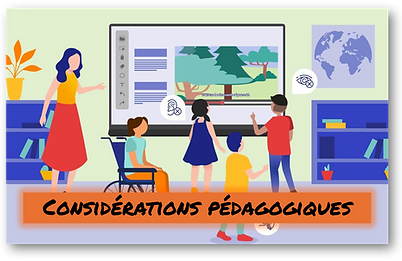EARLY LITERACY PROFILE (ELP)
PHONICS
Phonics is a key part of the Early Literacy Profile (ELP), helping assess how well students connect letters with sounds. While phonological awareness is oral, phonics links sound to print through letter-sound relationships.
With explicit instruction, students learn how letters represent the 44 phonemes in English. They use phonemic awareness skills—like blending and segmenting—alongside print to support both reading and spelling.
Though some argue English is too irregular for phonics, research shows about 90% of words follow predictable patterns, and even irregular words often vary by just one sound. Context-based guessing, by comparison, is far less effective, with success rates as low as 10% in dense texts (Gough et al., 1983).
Phonics assessments in the Early Literacy Profile / Profil de la littératie
ASSESSMENT PROCEDURE
Instructional videos on how to administer the phonics assessments of the ELP.
Key points/reminders:
-
Note: If the child has not previously been assessed using this tool, choose a starting point on the phonics knowledge assessment which most accurately matches the child's developmental understanding of phonics knowledge.
-
To begin, log onto ESGI and consider using the "student screen" feature when assessing.
-
Step 1: Ask the child to read the words from the phonics assessment in ESGI.
-
Step 2: When the child reads the words, mark either a "yes" if the word was read correctly within 3 seconds, or a "no" if the word was read incorrectly.
-
Both the phonics skill and the automaticity of word reading demonstrates proficiency. This assessment is a means of measuring oral reading fluency in conjunction with phonics knowledge. If you choose to make a note; for example, if a child mispronounced the word or takes longer than 3 seconds to sound out the word, you can add a comment to the "notes" box in ESGI.
-
If a child reads all the words correctly for that phonics sub-skill, advance to the next subskill assessment.
-
If a child is unable to read all the words in the sub-skill correctly or within 3 seconds, then continue in class teaching around the subskill area to support the child with further development in this phonics skill. Re-assess the skill after targeted instruction.
-
Note: if you suspect that a student may not fully have a given phonics skill and instead just "knows the words", consider using the corresponding "nonsense word" list in ESGI.






